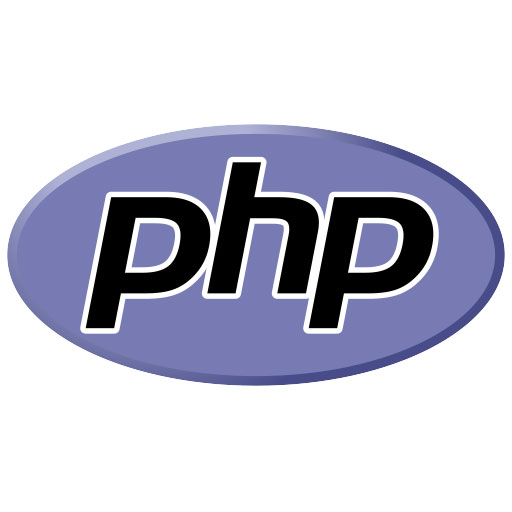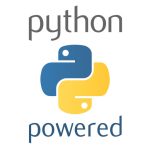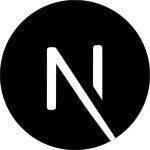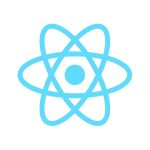What is PHP?
PHP is a popular general-purpose scripting language that is primarily used for web development. It’s known for its simplicity, flexibility, and ease of use, making it a great choice for both beginners and experienced developers.
Key Features of PHP
- Server-Side Scripting: PHP is primarily used for server-side scripting, meaning it runs on the server and generates HTML content that is sent to the client’s browser.
- Cross-Platform Compatibility: PHP is compatible with a wide range of operating systems, including Windows, Linux, and macOS.
- Large Community: PHP has a large and active community, providing extensive documentation, tutorials, and support.
- Frameworks: PHP offers a variety of popular frameworks like Laravel, Symfony, and CodeIgniter, which can significantly speed up development and improve code quality.
- Database Integration: PHP provides built-in support for various databases, including MySQL, PostgreSQL, and SQLite.
- Object-Oriented Programming: PHP supports object-oriented programming (OOP), allowing you to write more modular and reusable code.
Why Choose PHP?
- Popularity: PHP is one of the most popular programming languages for web development, making it easy to find resources and support.
- Ease of Use: PHP has a relatively simple syntax, making it easy to learn for beginners.
- Versatility: PHP can be used for a wide range of web development tasks, from simple websites to complex applications.
- Performance: PHP has been optimized for performance and can handle high traffic loads.
Getting Started with PHP
To get started with PHP, you’ll need a web server (like Apache or Nginx) and a PHP interpreter installed on your system. You can then create a PHP file and write your code. To run the PHP code, you’ll need to access the file through a web browser.
Conclusion
PHP is a powerful and versatile programming language that can be used to build a wide range of web applications. Its popularity, ease of use, and large community make it a great choice for developers of all levels.





